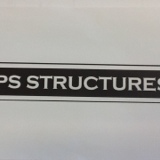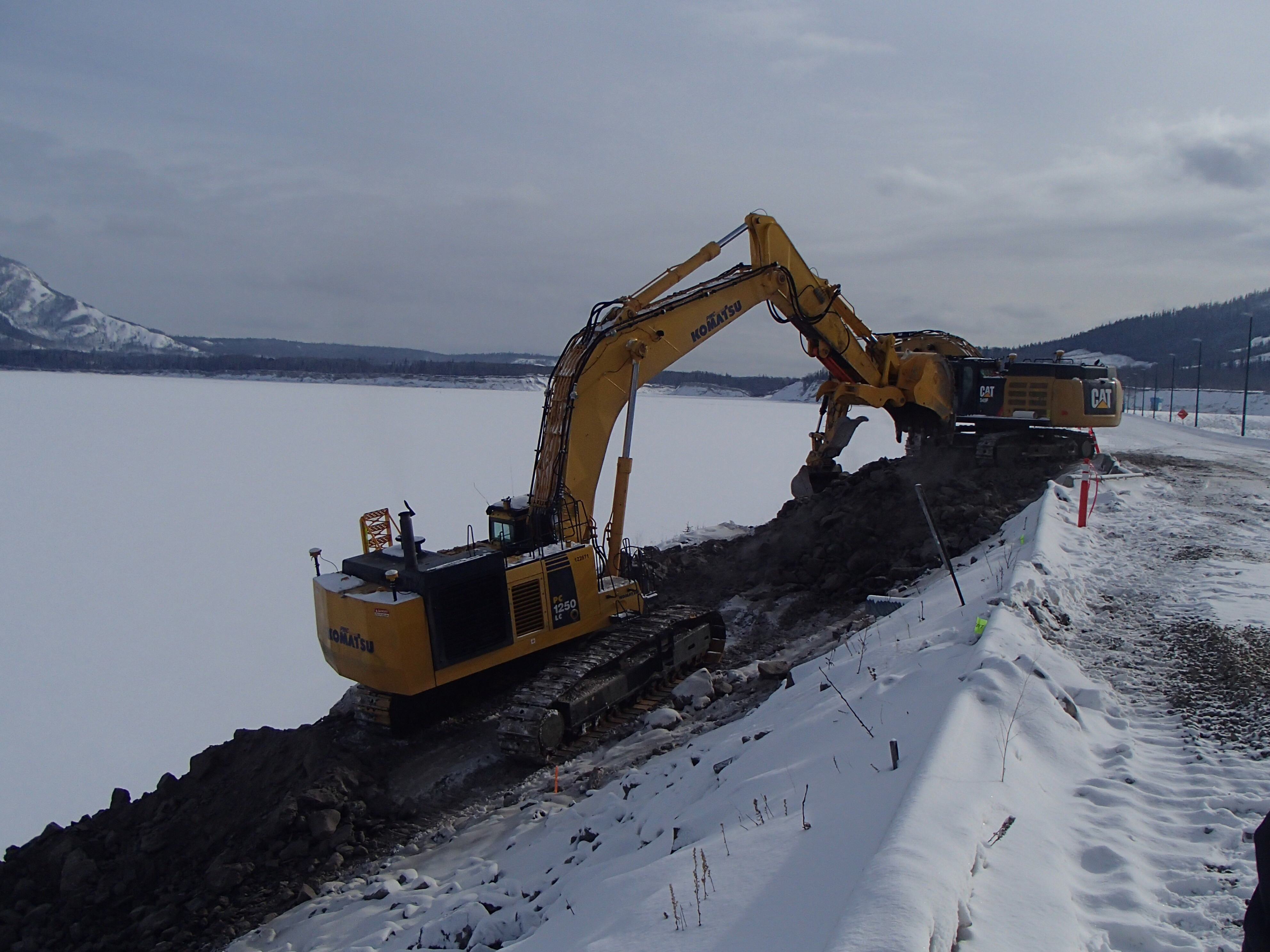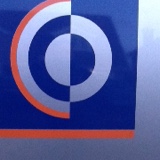Information
-
This checklist covers general construction conditions and should not be considered an "end-all" to the inspection. Additional notes are encouraged.
-
Company
-
Job
-
Location
-
Supervisor
-
Prepared by
-
Conducted on
Job site Information
-
Are the OSHA poster and other applicable posters obviously placed on the job site?
-
Was the weekly safety meeting ("tool box talk") held?
-
Is the first aid kit stocked and in a conspicuous, accessible place?
-
Are injury and illness records posted?
-
Are emergency phone numbers posted?
Housekeeping
-
Are the working areas generally neat and free of debris?
-
Is waste disposed of regularly?
-
Have all protruding nails been removed or bent down?
-
Are sanitary facilities adequate and clean?
-
Is there an adequate supply of drinking water and disposable cups?
Personal Protective Equipment
-
Hard hats are required until we have received substantial completion. Hard hats are required unless equipped with a ROPS (roll over protection system). Hard hats must be worn at all times when working on roof areas.
-
Are hard hats being worn at all times?
-
Even in equipment?
-
Is proper eye protection used?
-
Is proper hearing protection used?
-
Are proper work shoes and clothing worn?
-
Are seat belts being used in all equipment at all times?
Fire Prevention
-
Has an emergency action plan been developed for the site?
-
Have fire extinguishers been checked
-
Are "No Smoking" signs posted and rules enforced?
-
Is the route for emergency vehicles accessible?
-
No plastic containers permitted on site, metal containers only.
Ladders
-
Are ladders in good condition and have slip-resistant feet?
-
Are ladders properly maintained and stored?
-
Are metal ladders kept away from electrical exposure?
-
Do ladders extend three-feet above the landing?
-
Are ladders tied off?
-
Are stepladders fully opened when in use?
Fall Inspections
-
Have all floor/wall holes and openings been properly guarded or covered?
-
Have all excavations of greater than five (5) feet been protected with guardrail systems, fences, barricades or covers?
-
Where guardrail systems are used, are the top edge height of top rails 42 inches above the walking/working level and mid rails at 21 inches?
-
Are personal fall arrest systems rigged so that an employee can neither fall more than six feet or contact a lower level?
-
Is all rebar capped?
-
Are safety cables flagged every 6 feet?
Scaffolds
-
Are scaffolds properly erected, under the supervision of a competent person?
-
Are scaffolds tagged and inspections being performed daily?
-
Are guardrails, mid rails, toe-boards and end rails in place?
-
Are scaffolds tied to a structure?
-
Are foot sills and mud sills used?
Hand & Power Tools
-
Is the correct power tool being used for the job?
-
Have associates been instructed in the correct use of each tool?
-
Are tools inspected for defects?
-
Are damaged tools tagged "Out of Service" and repaired or replaced immediately?
-
Do power tools have the proper grounding?
-
Are all mechanical safeguards in use for power tools?
Heavy Equipment
-
Is equipment regularly inspected and maintained?
-
Are all lights, back up alarms, etc. working?
Electrical Work
-
Are electric panels equipped with required covers and are covers used?
-
Have overhead and underground power hazards been assessed and eliminated?
-
Are electrical contractors following NFPA 70E standards?
Illumination
-
Is adequate temporary lighting in place in both work and egress areas?
-
Is temporary lighting in good condition?
-
Are covers over bulbs and are bulbs working?
Material Handling and Storage
-
Are materials stored neatly and properly?
-
Are associates lifting loads correctly both manually and with fork lift?
-
Is traffic flow maintained and controlled?
Hoists, Cranes and Derricks
-
Is visual inspection conducted daily (outriggers checked, tracks on solid ground, swing radius barricaded)?
-
Are power lines inactivated, removed or at a distance far enough away?
-
Are signal men used when needed?
Flammable Gases and Liquids
-
Are all containers clearly labeled?
-
Are proper storage practices observed?
-
Are there adequate fire extinguishers nearby?
Traffic Control
-
Are we managing traffic control properly?
-
Are police officers being utilized if applicable?
-
Is pedestrian traffic being monitored and controlled?
-
Are proper traffic devices being used when applicable (safety vest, flags, etc.)?
Hazard Communication
-
Have all contractors submitted site specific MSDS?
-
Have all contractors submitted HazCom Policy?
-
Are all containers containing chemicals properly labeled and readable?
-
Are contractors using proper PPE when using chemicals (per the MSDS and packaging information)?
-
Are contractors being advised of other contractors' chemicals that are being used?
-
Are contractors instructed on where to find the MSDS books of each contractor?
-
Are contractors aware of what procedures to follow if exposed to a hazardous chemical?
Additional Information
-
Use this space to explain any discrepant condition(s) found. Follow up and closure of all discrepancies is mandatory.
Discrepancy
-
Describe Descrepancy
-
Location of Discrepancy
-
Responsible Contractor
-
Notes
-
Superintendent or Foreman
-
Select date
-
Safety Officer
-
Select date











